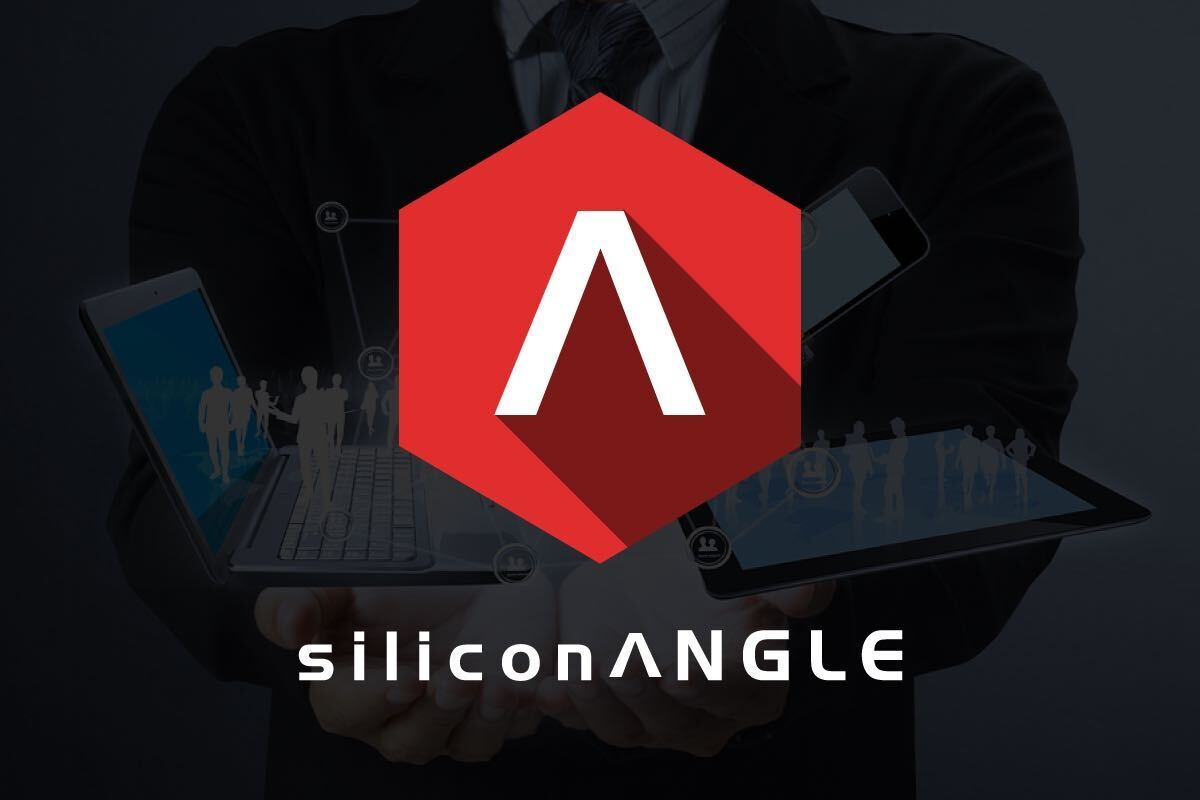


![]() Following up on this morning’s statement about mobile being a major part of Google’s future search revenue, the company launched hyperlocal mobile ads. They come in the form of blue map markers for local search results, based on a user’s distance from their queried service of interest.
Following up on this morning’s statement about mobile being a major part of Google’s future search revenue, the company launched hyperlocal mobile ads. They come in the form of blue map markers for local search results, based on a user’s distance from their queried service of interest.
Google offers an example and explanation of the new advertising product:
Imagine driving to work and your Check Engine light comes on. After pulling over and calling a tow truck, you realize you’ll need another car to get to work and use while yours is getting repaired. You pull out your phone and search for “car rental,” hoping that you can find one nearby. From a Google search ad result you discover there’s an Enterprise Rent-A-Car neighborhood location just half a mile away!
The blue distance marker made it easy to see that Enterprise is approximately .5 miles away. You click on the phone number listed in the ad and are instantly connected with the car rental service. Soon, an Enterprise representative is on his way to pick you up.
Enterprise is actually a launch partner with Google’s new hyperlocal ads, hoping to make gains with the added relevancy of serving up marketing material to end users. This is an extension of mobile apps, which combine services with marketing, gaining traction through this consumer-specific juxtaposition.
While many wonder of certain Google updates, such as Google Instant, will ruin the current format for search advertising, they need only to recognize that this form of marketing will only become more personalized through relevant targeting.
These kinds of ads also step on the toes of Foursquare and even Facebook places, as they take into account a form of direct marketing that’s based on location. This type of hyperlocalization skips the need for social banter and cuts right to the chase, connecting brands with consumers at their point of necessity.
Another layer for Google to incorporate, as it spreads apps far and wide, addressing numerous consumer needs. The idea here is that Google can turn to its other apps for access to each user, instead of pulling the pieces together from content shared on social networks.
A similar tactic is being used for Micrsoft’s Bing efforts, particularly in the mapping department, indicating hyperlocalization is going to be big business. Other industries, including print media, are looking to these mobilized trends for revenue opportunities as well.
Support our mission to keep content open and free by engaging with theCUBE community. Join theCUBE’s Alumni Trust Network, where technology leaders connect, share intelligence and create opportunities.
Founded by tech visionaries John Furrier and Dave Vellante, SiliconANGLE Media has built a dynamic ecosystem of industry-leading digital media brands that reach 15+ million elite tech professionals. Our new proprietary theCUBE AI Video Cloud is breaking ground in audience interaction, leveraging theCUBEai.com neural network to help technology companies make data-driven decisions and stay at the forefront of industry conversations.